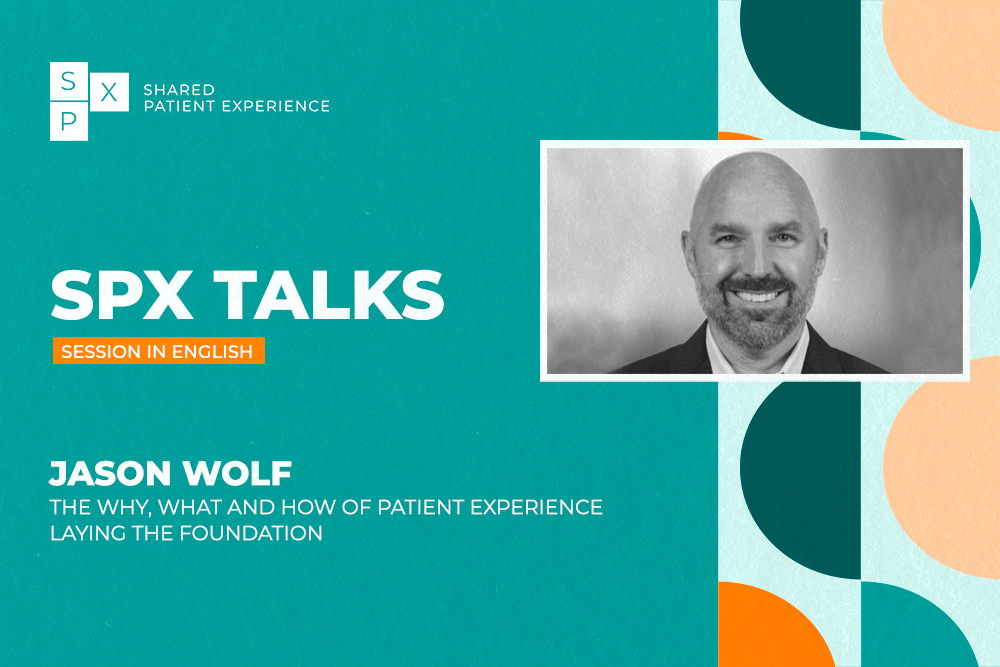
Seven tools to implement a holistic patient experience strategy
The Nursing Executive Center’s guide is a toolkit for implementing a comprehensive patient experience strategy. There are three components to this approach: cultivating caregiver empathy, overcoming frequent barriers to patient experience, and identifying institution-specific barriers in this area.
The guide assumes that despite increased investment in improving patient experience (especially since the introduction of patient experience funding in the UK), many institutions are struggling to maintain a solid performance. In addition, the Nursing Executive Center outlines two steps to achieve lasting improvements in patient experience: having a goal of overall patient experience improvement, not just focused on HCAHPS indicators ; and putting in place a holistic patient experience strategy (not stand-alone initiatives) to provide a consistent framework for clarifying and coordinating actions. Within this perspective, the Nursing Executive Center provides a toolbox to enable a holistic strategy within the institutions. These tools are presented in the following three sections:
Section 1: Cultivating caregiver empathy
“Cultivating caregiver empathy” expresses the idea that caregivers must understand the patient experience and be able to show the patient that they understand what they are experiencing. This empathy allows patients to feel more emotionally supported.
Tool #1: Patient story capture
The goal of this exercise is to help staff understand the importance of treating their patients as unique individuals—as opposed to defining them by an illness or condition. This tool provides professionals with an interview guide to learn more about current patients. It includes a guided self-reflection to equip participants to apply the lessons learned from patient to patient.
Tool #2: Patient personalization posters
The goal of patient personalization posters is to enable patients (and their families) to share the desired level of personal information with their caregivers. This improves caregivers’ knowledge of each patient as a unique individual and facilitates more personalized care delivery.
Tool #3: Empathy-building simulation scenarios
The goal of this exercise is to help frontline staff gain a greater understanding of the challenges and emotions patients may experience while receiving care on the unit. This tool contains an interview guide, simulation scenarios, and a concluding group discussion to foster reflection.
Section 2: Enabling the healthcare team to overcome the three most common barriers to patient experience
Most institutions experience the following three challenges: unnecessary patient disruptions, unmet real-time patient needs, and uncertainty for patients (and their families) regarding the continuation of their care.
Tool #4: Identification exercise of the disturbances experienced by the patient
The goal of this exercise is to help staff gain a greater understanding of the disruptions experienced by patients when receiving care on the unit. The tool has two components: identifying disruptions experienced by the patient, then changing workflow to minimize them.
Tool #5: Design and implementation guide for schedules (hourly rounding)
This tool equips managers with the necessary skills to introduce (or reintroduce) the correct hourly rounding on their units. The goal of this tool is to ensure that managers solicit staff input into the management of schedules and hourly rounding, so that the organization is fluid.
Tool #6: Patient communication board design and implementation guide
This tool makes it possible to introduce communication boards in order to facilitate communication and to circulate information from the institution to the patient, and vice versa. This board includes, for example, the names of the professionals who make up the team, visiting hours, and also the patient’s expectations.
Section 3: Diagnosing institution-specific process barriers to the patient experience
The difficulties encountered can vary considerably from one institution to another; it is therefore necessary to identify them within each institution.
Tool #7: Patient and family advisory council implementation guide
This tool equips nurse leaders to establish (or reinvigorate) a patient and family advisory council. The goal of this council is to enable current and former patients, as well as their families, to offer their perspective on hospital initiatives and to work on specific improvement projects. The tool provides step-by-step guidance on creating an advisory council, including: creating an effective structure, recruiting former patients/family members, recruiting current staff, and ensuring that this council works on meaningful projects.



